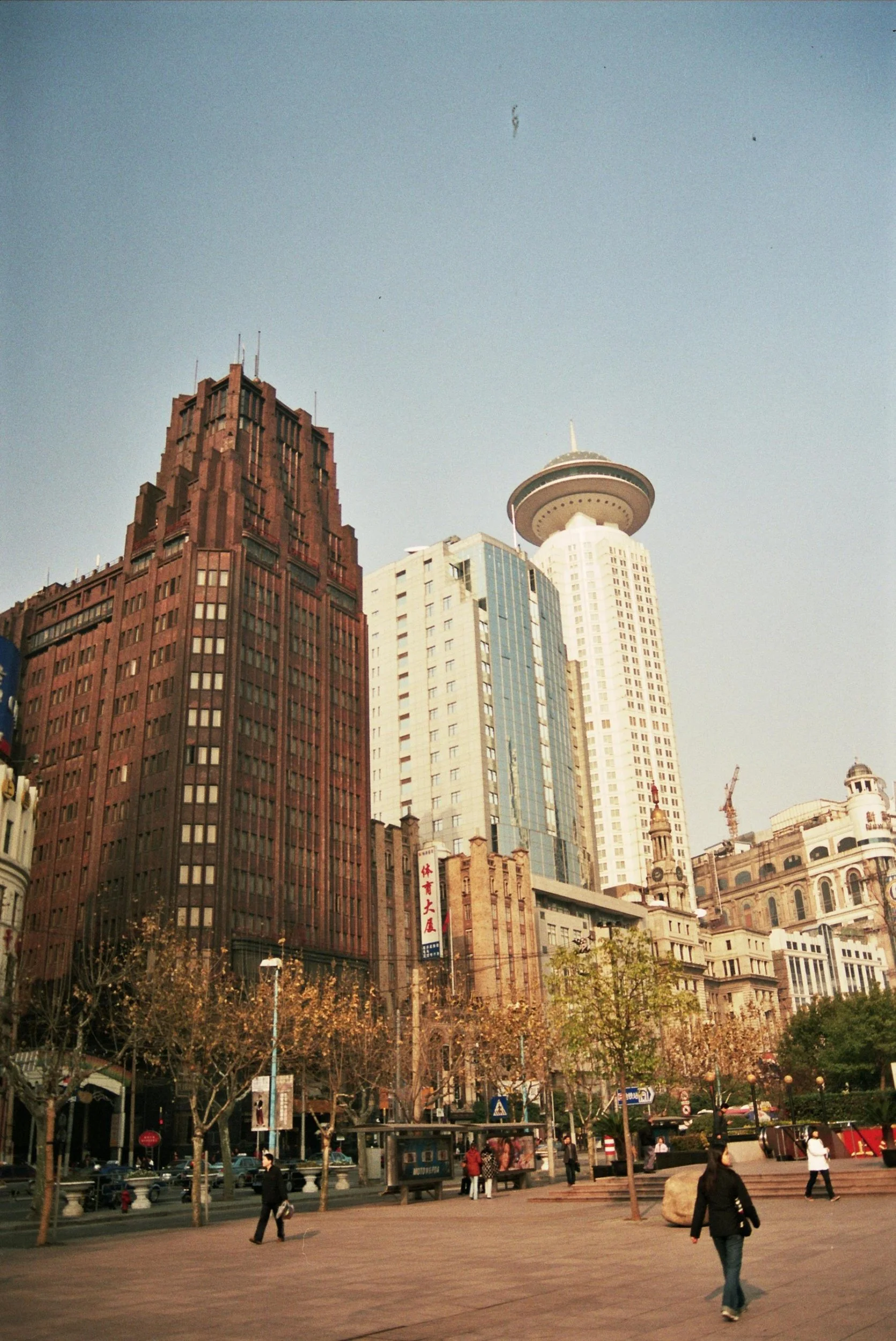Cultural Immersion: Learning Traditional Crafts While Traveling | Shanghai, China.
Shanghai, a vibrant metropolis blending ancient traditions with cutting-edge modernity, offers travelers a unique opportunity to immerse themselves in China's rich cultural heritage. Beyond its iconic skyline, bustling markets, and world-class cuisine, Shanghai is home to a wealth of traditional crafts that have been passed down through generations. For those looking to go beyond sightseeing and truly engage with the soul of the city, learning these traditional crafts firsthand provides an unforgettable experience.
The Art of Chinese Calligraphy
One of the most revered art forms in China, calligraphy is more than just writing—it is a form of self-expression and meditation. In Shanghai, visitors can participate in workshops where master calligraphers teach the delicate brushstrokes of various Chinese scripts. The process of grinding ink, holding the brush with precision, and executing fluid strokes connects learners to an art that has been practiced for centuries. Many classes take place in traditional teahouses or historic buildings, adding to the immersive atmosphere. By the end of a session, participants can take home their own calligraphy pieces as a cherished souvenir.
Blue and White Porcelain Painting
Jingdezhen, China’s porcelain capital, may be a few hours away, but Shanghai has its own thriving ceramic arts scene. In the city’s art districts, travelers can join workshops dedicated to the art of blue and white porcelain painting. These classes provide insight into the techniques used in crafting China’s most famous ceramics, from designing intricate patterns to carefully applying cobalt-blue pigments. This hands-on experience allows participants to gain a deeper appreciation for the craftsmanship involved in this traditional art form.
Traditional Silk Embroidery
Shanghai has a long history of silk production and embroidery, particularly the Suzhou-style embroidery known for its intricate and delicate patterns. At various cultural centers and artisan workshops, travelers can try their hand at this meticulous craft, guided by skilled embroiderers who have spent years mastering their techniques. From learning simple stitches to creating detailed floral or landscape motifs, embroidery workshops offer a meditative and rewarding experience. The patience and precision required make it a deeply engaging way to connect with Chinese artistry.
Paper Cutting and Lantern Making
Paper cutting is a folk art that dates back over a thousand years in China, often used to create festive decorations or intricate storytelling pieces. In Shanghai, visitors can take paper-cutting workshops where they learn to craft symmetrical patterns and symbolic designs, such as the Chinese character for happiness or zodiac animals. Similarly, lantern-making classes provide an opportunity to create beautiful, glowing masterpieces that reflect Chinese cultural traditions. These crafts make for meaningful, handmade souvenirs that encapsulate the experience of cultural immersion.
"Cultural immersion is not just about observing traditions from afar; it is about getting your hands dirty, learning the craft, and feeling the pulse of history through each brushstroke, stitch, or weave."
Tea Culture and Tea Blending
Chinese tea culture is an integral part of daily life, and Shanghai offers travelers a chance to learn the art of tea appreciation and blending. In tea houses and specialty shops, guests can participate in tea-tasting sessions, where they discover the distinct flavors of green, oolong, black, and pu-erh teas. Some workshops also offer hands-on experiences in blending custom tea varieties, pairing leaves with herbs and flowers to create personalized flavors. Learning about tea etiquette, preparation techniques, and the philosophy behind tea drinking deepens one’s understanding of Chinese traditions.
Bamboo Weaving and Traditional Handicrafts
Bamboo weaving is another fascinating craft that remains an important part of Chinese heritage. In artisan studios across Shanghai, travelers can learn the delicate techniques of weaving bamboo strips into baskets, coasters, or decorative items. These workshops highlight the sustainability of bamboo and its historical significance in everyday Chinese life. Other traditional handicraft workshops include knot tying, where participants can create intricate Chinese knots symbolizing good fortune and prosperity.
Where to Find These Experiences?
Several cultural institutions and art centers in Shanghai offer hands-on workshops for visitors eager to learn traditional crafts. Places such as the Shanghai Museum, M50 Art District, and Tianzifang’s artisan studios host regular classes led by skilled artisans. Additionally, cultural exchange programs and guided craft tours can be booked through travel agencies specializing in immersive experiences. Engaging in traditional crafts while traveling in Shanghai is more than just an artistic endeavor—it’s a bridge to understanding the city’s deep-rooted history and evolving cultural landscape. These hands-on experiences foster a sense of connection between visitors and local artisans, preserving and celebrating centuries-old traditions. For travelers seeking to go beyond surface-level tourism, immersing in Shanghai’s traditional crafts offers a truly enriching and unforgettable journey into the heart of Chinese culture.



